A Young Prussian Boy
Imagine a young boy named Solomon Bibo sitting by a fire with his family: ten brothers and sisters, mother and father in Brakel, Prussia (now Germany), listening to his Grandfather Lucas telling stories about a wild place called America.
His grandpa, Lucas visited America for eight years beginning in 1812, and explained to young Solomon that, “In America, a man can do whatever he wants!”
This obvious expression of the every man’s dream would have seemed glorious to anyone Jewish living in Prussia in the 1860s. The Jewish citizens of Prussia had witnessed a shocking reversal of their civil rights over the previous forty-five years.
During Napoleon Bonaparte’s sweeping liberal and inclusive reforms, Jews were offered civil rights and equality for the first time in European history. Upon Napoleon’s death in 1815, Prussian authorities reversed his programs, and declared Prussia as a “Christian State.”
This reversal enacted laws ensuring that Jews could not serve as lawyers, judges, civil servants, teachers in schools, or universities. This would have been particularly painful for Solomon’s father, Isaac, who was a schoolteacher, and Cantor.
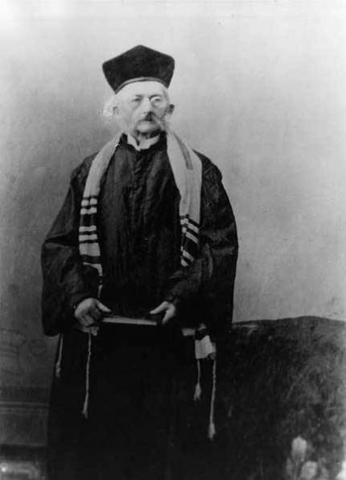
[Interesting sidebar: Napoleon Bonaparte was routinely bullied by his peers for his accent, birthplace (Italy), short stature, mannerisms and inability to speak French quickly. Bonaparte became reserved and melancholy applying himself to reading. An examiner observed that Napoleon “has always been distinguished for his application in mathematics. He is fairly well acquainted with history and geography … This boy would make an excellent sailor”. In early adulthood, he briefly intended to become a writer; he authored a history of Corsica and a romantic novella.]
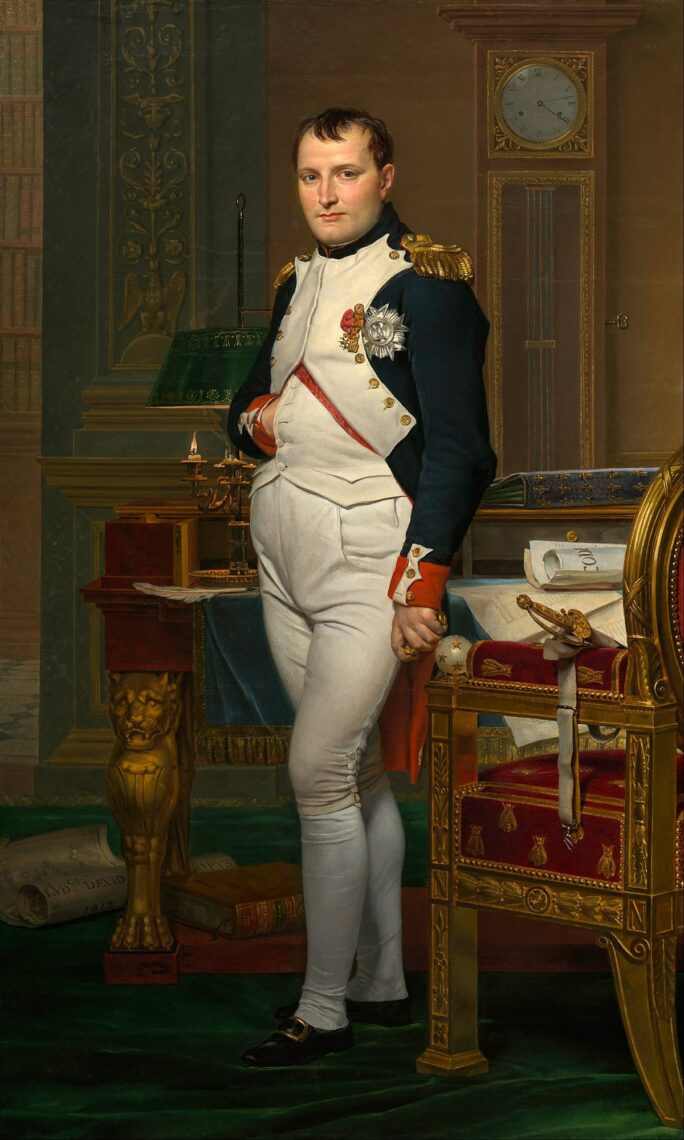
Beyond the employment restrictions of Solomon’s Prussia, A Jewish man who wanted to get married had to purchase a registration certificate, known as a Matrikel, proving he worked in a “respectable” trade, or profession. A Matrikel, could cost an exorbitant price of up to 1,000 gulden, therefore it was normally only available for the firstborn son. As a result, most Jewish men were unable to legally marry prompting many young Jewish men to leave Prussia and emigrate.
The difficult challenges of the day weren’t new to the European Jewish community. Jews had been regarded as “outsiders” since they crossed the Swiss Alps with the invading Roman legions in the 7th century. Jewish merchants set-up trading shops along the Rhine River: the main artery of commerce and communication.
In 1096, when the Christian Crusaders began their journey to Jerusalem to defeat the Muslims, they were provoked by populist preachers, like the legendary Frenchman, Peter the Hermit, which caused Jews to be massacred along their route on the Rhine.
This set the tone for centuries of Jewish expulsion, exploitation, torture, forced assimilation, alienation, and attempted extermination. It wasn’t until Napoleon Bonaparte invaded the Rhine, and put his brother in power, that Jews experienced a glimpse of civil equality.
However, this too would change. Beginning in August to October 1819, “pogroms” (an organized fights or massacres) known as the “Hep-Hep Riots” in Germany began to take place. Jewish property was destroyed, and many Jews were killed.
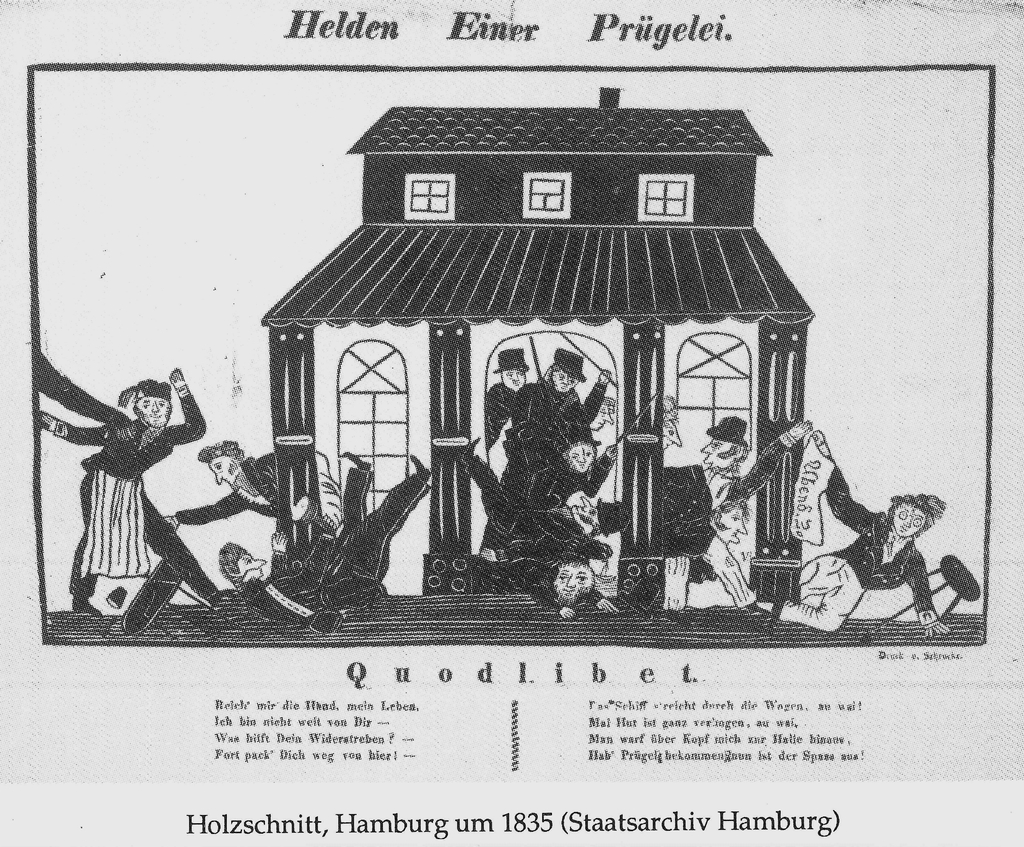
A Courageous Young Man
In 1869, at sixteen-years-old, with Prussia on the brink of another war with France, Solomon faces a possible draft into the army and departs for America to rendezvous with his two older brothers in a place called The New Mexico Territory.
His trans-Atlantic voyage in the mid-1800s would have taken approximately 6 to14 weeks, depending on the weather, with poor sanitary conditions and a dreadful diet of stale bread and potatoes, often accompanied with foul smelling drinking water. There would have been a chance for serious illness, possible shipwreck, or an on-board fire.
When Solomon arrived in 1869, the United States was in a new era of Reconstruction after a very blood American Civil War that divided a nation on the issue of slavery. As it happens, the American Jews living both in the North and South fought in the war, and felt the same divide that all Euro-Americans felt at the time: Some were in favor of slavery, and some against.
Ulysses S. Grant was recently elected as president, after fighting as a general in the Union Army. After his election, he appointed both African Americans, and Jewish Americans in his government. In his first inaugural address, Grant said, “The proper treatment of the original occupants of this land, the Indians, one deserving of careful study. I will favor any course toward them which tends to their civilization and ultimate citizenship.”
The Board of Indian Commissioners was created to make reforms in Native policy and to ensure Native tribes received federal help. Grant lobbied the United States Congress to ensure that Native peoples would receive adequate funding.
In spite of his efforts, on January 23, 1870, the Grant administration’s Peace Policy had a major setback when Major Edward M. Baker senselessly slaughtered 173 Piegan Blackfeet, mostly women, and children.
The following year Grant forced Apaches in Arizona onto a reservation, which led to Apache raids on settlers, and a retaliatory attack by General Stoneman, killing 144 apaches, mostly women and children.
There were many more deaths in the Red River War of 1874, and the Great Sioux War of 1876. This included, The Battle of Little Big Horn, which really began due to the U.S. government not honoring the Treaty of Ft. Laramie after gold was found in the Black Hills in South Dakota on Sioux Reservation land. Chief Red Cloud met with Grant in Washington, and President Grant offered him $25,000 for the land, but Red Cloud refused, which precipitated further conflict.
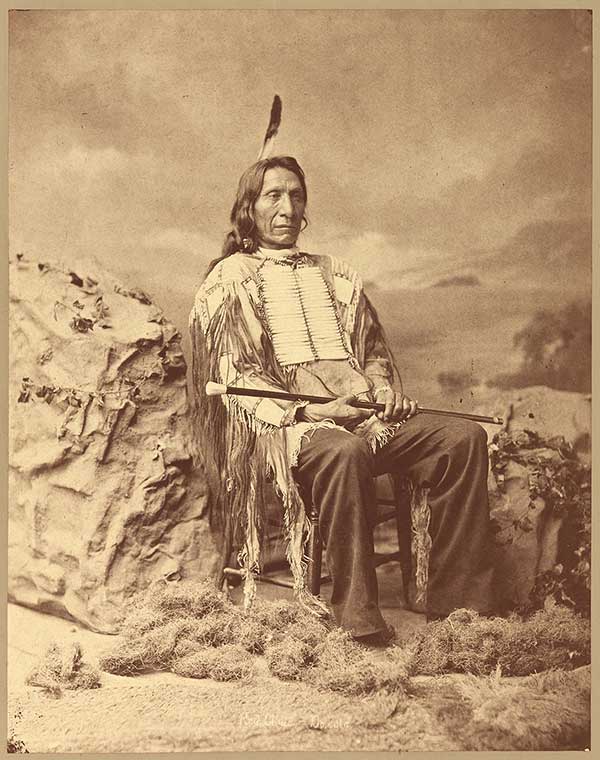
Perhaps one of Grant’s greatest missteps as Commander-in-Chief was allowing the near distinction of the buffalo, an estimated 40-60 million killed, which kept Native people dependent on government supplies, and feed the industrial manufacturing need for leather belts, and many other applications.
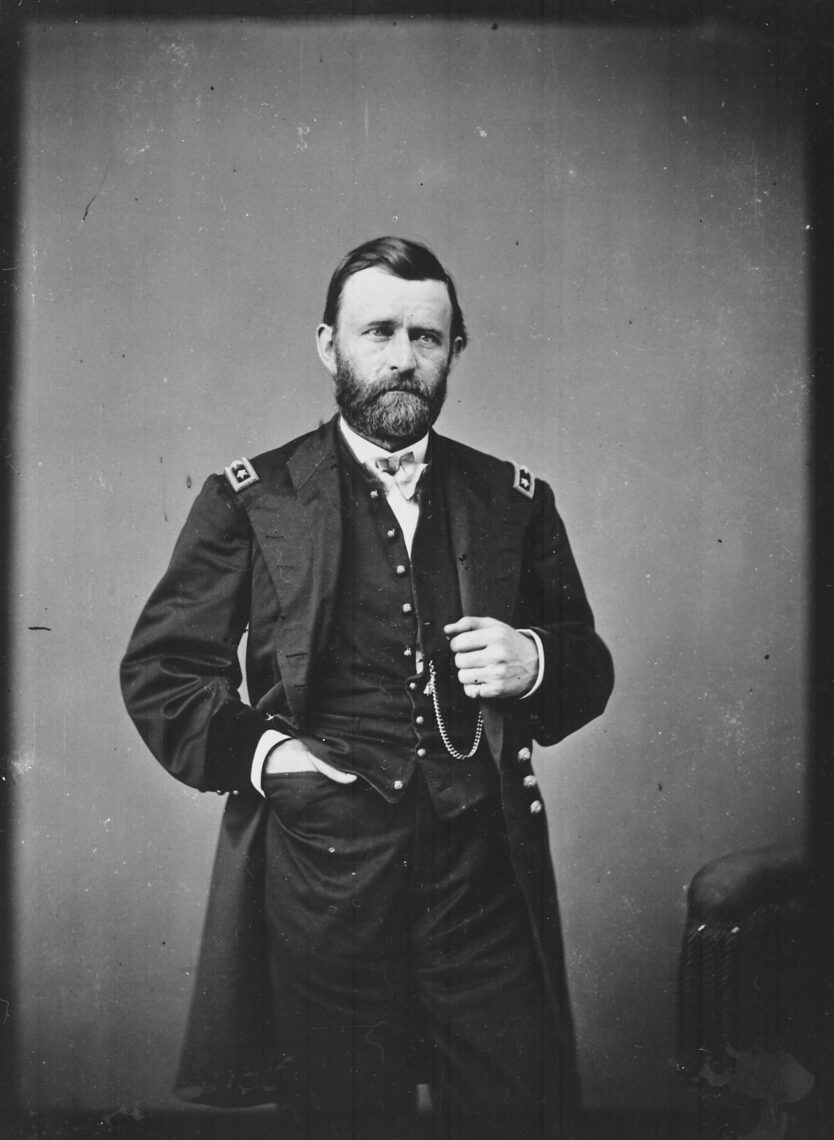
[Interesting sidebar: General Order No. 11 was a controversial order issued by Union Major-General Ulysses S. Grant on December 17, 1862, during the Vicksburg Campaign, that took place during the American Civil War. The order expelled all Jews from Grant’s military district, comprising areas of Tennessee, Mississippi, and Kentucky. Grant issued the order in an effort to reduce Union military corruption, and stop an illicit trade of Southern cotton, which Grant thought was being run “mostly by Jews and other unprincipled traders.”]
For young Solomon to get to New Mexico, he probably traveled to Missouri byway of the Mississippi-Ohio river systems on a steamboat. From there, he might have taken a stagecoach, or joined a wagon train west, crossing the Great Plains, and south to Santa Fe. This route became known as the “Santa Fe Trail” which served as the first international trade route to Mexico, connecting with the historic Camino Real, once used by the Spanish to transport Pueblo Indian slaves to Mexico City. The travel across the plains in the 1860s was still very tough, and could be dangerous: including the occasional raid by Apache, Comanche, or Kiowa braves.
When living in Europe, Solomon might have seen highly romantic and stylized illustrations of the Native Americans hunting on the plains. He would have no way of preparing for the actual complexity of the culture he was soon to call home.
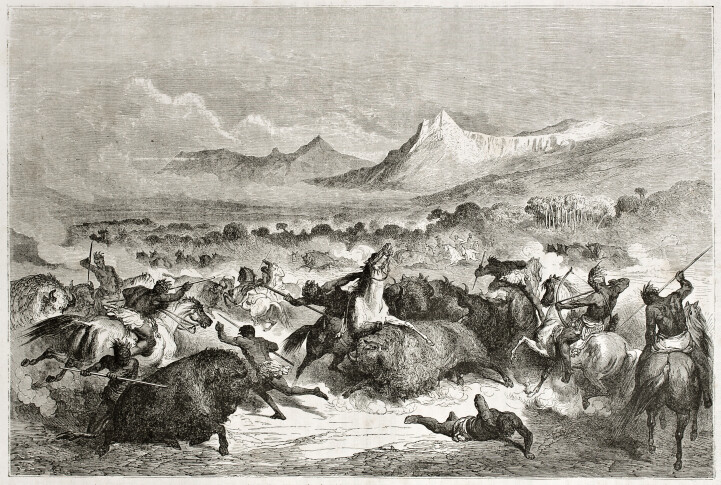
The New Mexico Territory
Before Solomon arrived to New Mexico, Native Americans, since 1598, had met and fought with Conquistadores, Dominican priests, Mexican/Spanish settlers, one known African Moor, Government agents, and missionaries.
Pueblo Native tribes had been attacked by the Spanish and killed, enslaved for labor, subjugated, sold as domestic slaves, tortured, their children sold into slavery, their women raped, and punished for practicing their religion. The Spanish filled their sacred Kivas with sand, and built Catholic churches atop.
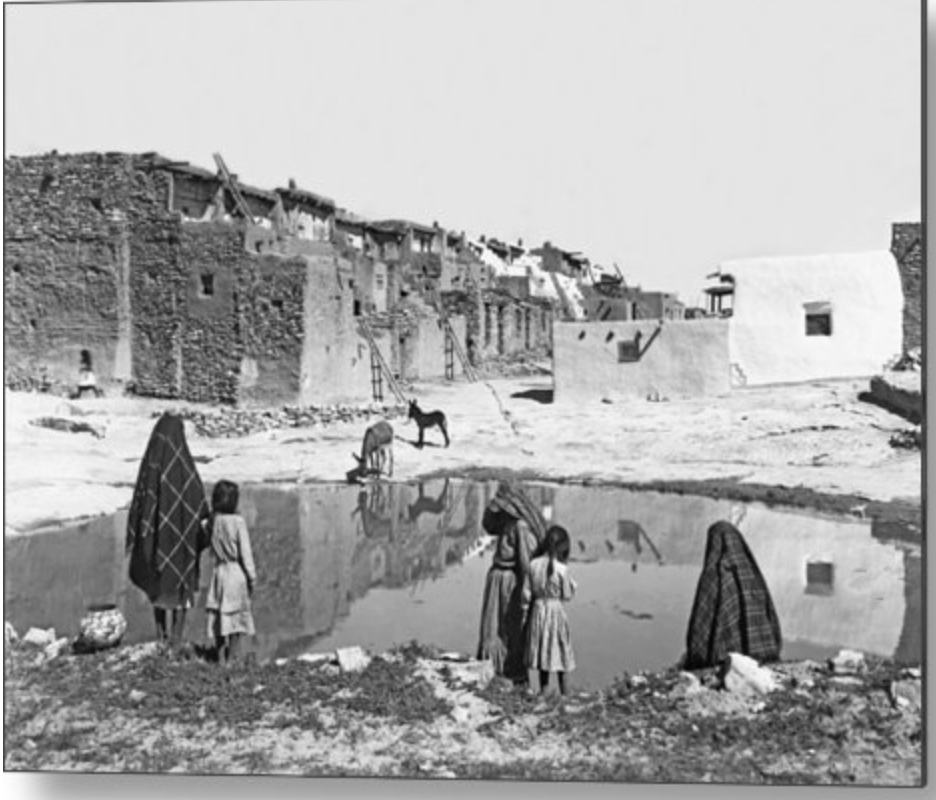
Solomon’s brothers had established themselves as traders locally. They got their start with the help of another pioneering Jewish family, the Spiegelberg family. The two Bibo brothers were able to establish General Merchandise Stores in Laguna, Fort Wingate, Cebolleta, Bernalillo, and Grants. The brothers developed a reputation for being fair. They were able to broker contracts for the Native Americans to sell their produce to the U.S. Army forts in the area giving them a fair price.
Moreover, they helped mediate land disputes between the Natives and Mexican residents, as well as assure fair prices from Anglo-Americans buying Native land at market prices. This is no small matter, given that at the heart of all Native conflict since the European arrival was the notion of “ownership.” European Americans have always been at odds with the Native concept of “stewardship,” and collective sharing.
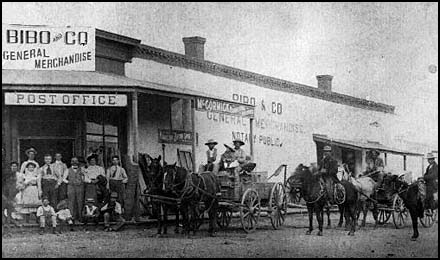
It is said that when Solomon arrived, he barely spoke English, and was able to only converse in Yiddish and German. His brothers loaded up a wagon full of merchandise, and pointed him in the direction of the Acoma Pueblo. Through his spunk and goodwill, in over a week’s time, him speaking Yiddish, and the Acoma speaking the Keres language, he returned to his brother’s store with a wagon full of corn and lovely Native pottery.
Pleased with his success, they loaded another wagon and sent him back to the Acoma Pueblo for more trade.
This time, Solomon was introduced to Chief Martin Valle, he and his wagon were taken up a rough road over 300 feet to the top of the mesa to “Sky City,” the home of the Acoma Pueblo for over 1,000 years. After some period of time, and developing additional trust, the Chief awarded him a small trading post next to the Catholic Church, San Estévan del Rey. Reportedly, the resident priest was not pleased.
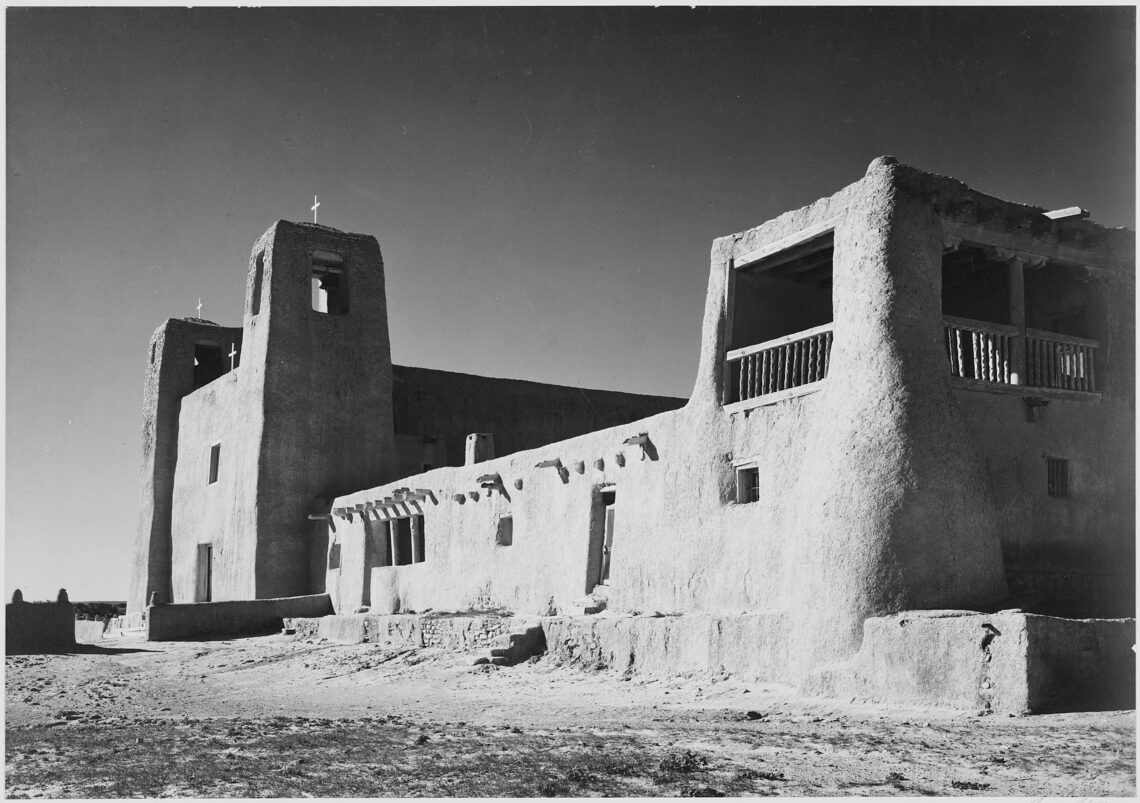
Over time, Solomon learned to speak all of the languages of the area: English, Spanish, Keres (spoken at Acoma, Laguna, and Zuni), as well as learning Navajo. His relationship to the tribe grew more important over time. Especially, in relationship to protecting Acoma land.
Native people had a new existential threat to their way of life due to the ambitions of the U.S. federal government and prospectors trying to lay claim to their sacred lands.
During the 1850s, gold was discovered in Colorado, and silver in Western Nevada. Topographical Engineers explored four routes for the transcontinental railroad, the American Industrial Revolution quickened, and the first oil well in the United States was successfully drilled in northwestern Pennsylvania.
There was an ever-growing western expansion of the United States: government agents, prospectors, homesteaders, ranchers, merchants, traders, surveyors, outlaws, and a new breed of undesirable—the geologist as explorer—followed by the anthropologist as looter.

On August 13, 1869, a professor of geology and explorer from Illinois, John Wesley Powell, and five others made their way down the Green River to the Colorado River, and through the Grand Canyon; the most sacred place of emergence in the Hopi creation story, sacred for over 11,000 years, and today remains important to 11 tribes.
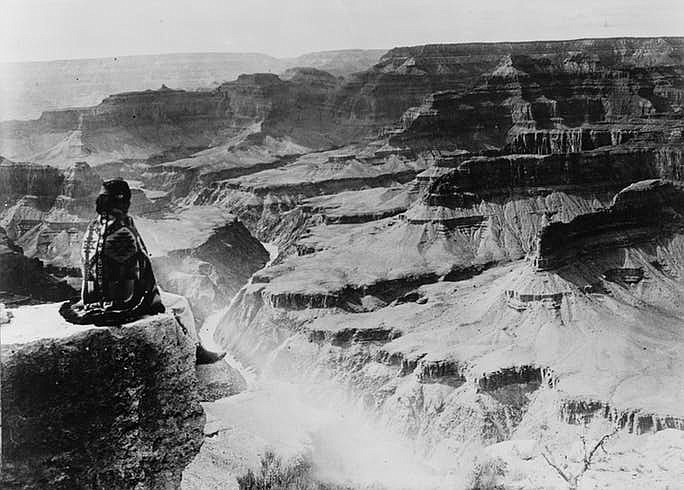
The Smithsonian Institute is the world’s largest museum, and was founded in 1846. It is governed by a board of regents that consisted of: The Vice President of the United States, the Chief Justice of the United States, three members of the Senate, three members of the House of Representatives and nine citizen members. During the later part of the 1800s, the Smithsonian began to collect vast holdings of Native American artifacts, including those acquired by looting and theft. There became a precedent of acquiring items of interest by any means necessary.
For example, In 1880, anthropologist, Frank Hamilton Cushing observed the beginning of a religious pilgrimage by Zuni priests to Kolhu/wala:wa (Zuni Heaven) in New Mexico. Later in the year, Cushing clandestinely followed the ancient trail to Kolhu/wala:wa where he looted the shrines: packing the prayer sticks and offerings to be shipped back to the Smithsonian Institute in Washington. The Zuni tribe discovered Cushing’s theft, and they tried Cushing in a religious court. As the news of his “discovery” spread, others looted the shrines.
The Bureau of Ethnology sent an expedition to the Hopi pueblos in 1882 to survey the villages and to make a collection of material goods. They were instructed to “clean out” Oraibi, one of the oldest continuously inhabited villages in North America (Over 1,100 years), but were threatened by the elders when the purpose of the trip became known. Still, they managed to obtain more than 200 items from Oraibi, and 1,200 items from the three villages of Second Mesa village.
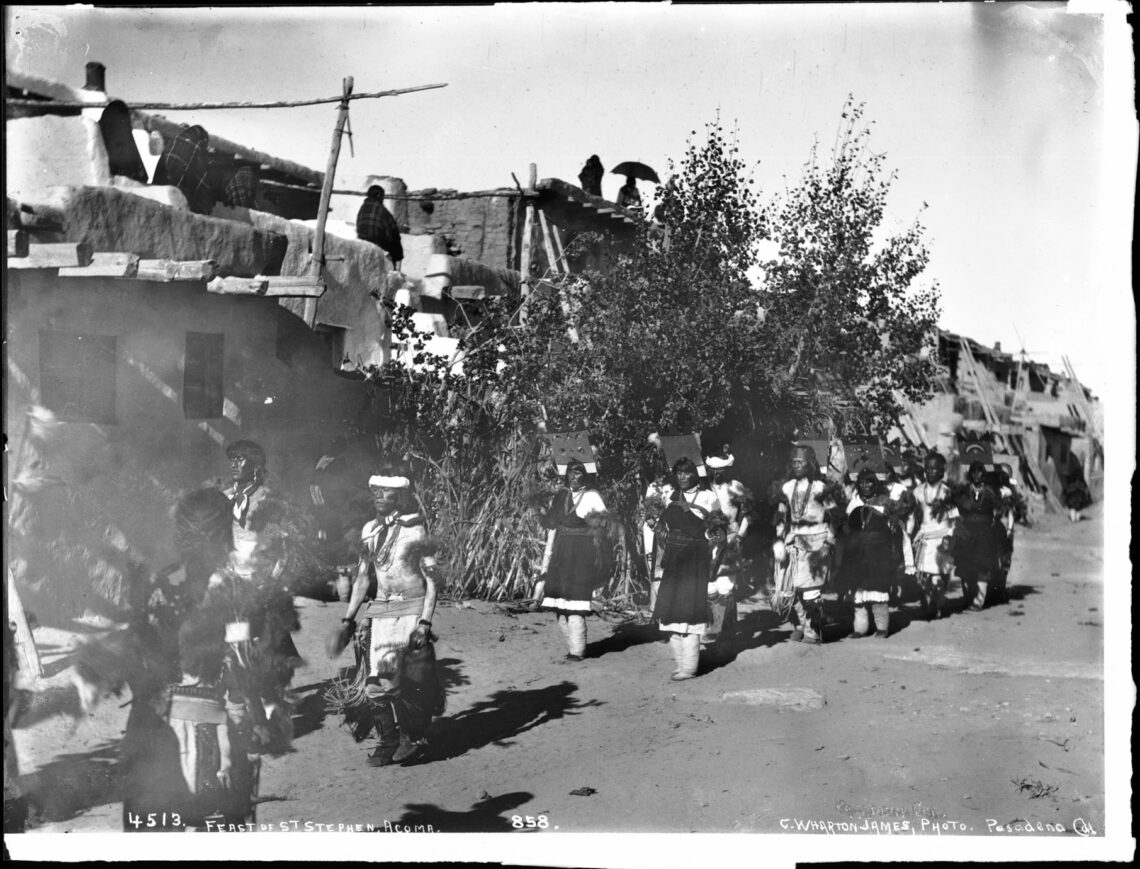
In addition to protecting sacred Acoma artifacts from over-zealous collectors, there became a growing complexity concerning their land: The Federal Government expansion, claims on natural resources, ambitious ranchers, eager homesteaders, critical and controversial water rights, mineral rights, and the removal of coal for energy.
Solomon Bibo became particularly involved in the dispute between the people of Acoma Pueblo, and the Department of Interior over a federal survey of the Acoma Pueblo Grant in 1876/77. The survey resulted in a treaty that granted the Acoma a total of 94,000 acres of land. Originally, the Acoma pueblo was 5 million acres, and extended into the “Four Corners” (New Mexico, Arizona, Utah, and Colorado).
In order to try and protect their remaining land, on April 7, 1884, the Acoma signed a 30-year lease with Solomon giving him authority over all of their land. In exchange, he would give them $12,000, the promise to protect their cattle, assurance to keep squatters away, and an agreement to mine the coal on Acoma lands, paying a royalty of .10 cents per ton. The lease got the attention of Pedro Sanchez, the U.S. Indian Agent from Santa Fe, who tried to get the federal government to void the lease. A complicated fight over the lease ensued, and the Commissioner of Indian Affairs, Hiram Price, eventually negated the lease, and also removed Sanchez.
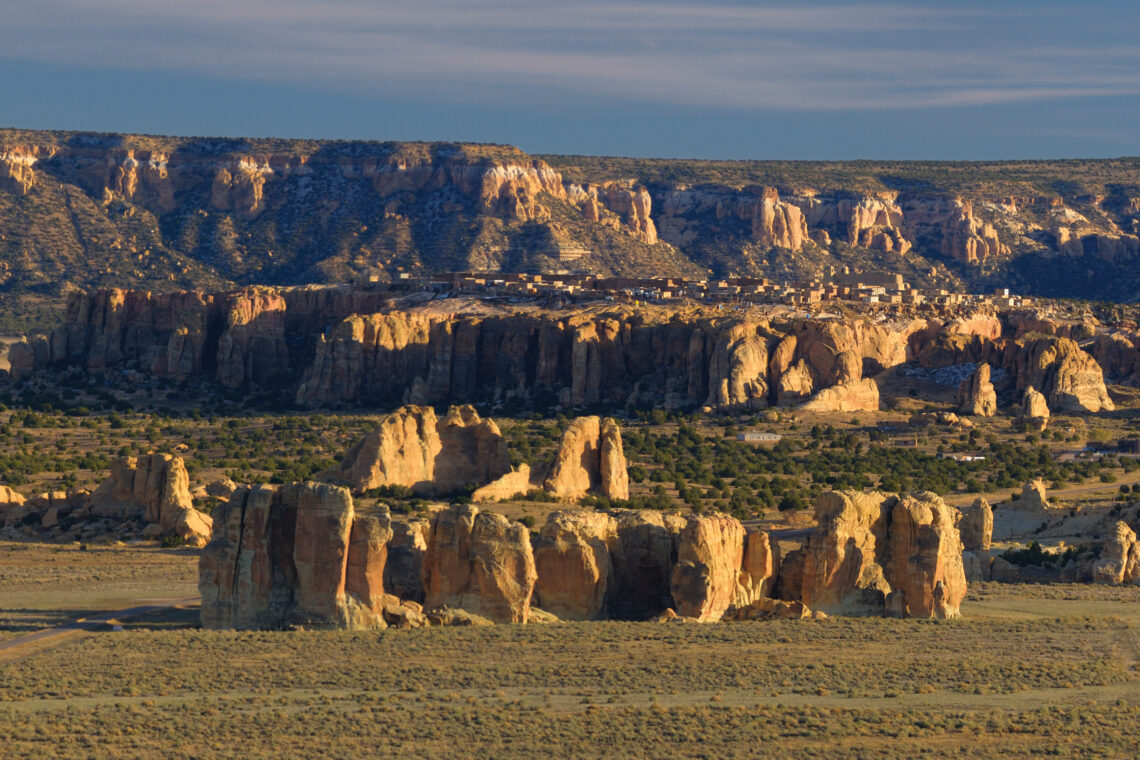
At some point, Solomon met the Chief’s daughter, Juana. It was strictly taboo for an Acoma woman to marry outside the tribe, but Solomon was so well liked, permission was given, and in 1885, they were married. The couple’s ceremony was an Indian ceremony, before a Catholic priest, yet the couple followed Judaism through out their marriage. The union officially made Solomon a member of the Acoma tribe.
That same year, the Acoma tribe elected Solomon Bibo as their new “Chief,” or governor of affairs. “Don Solomono,” as his tribe knew him, served as a governor four separate terms.
In 1888, he was recognized as such by an agent of the Bureau of Indian Affairs.
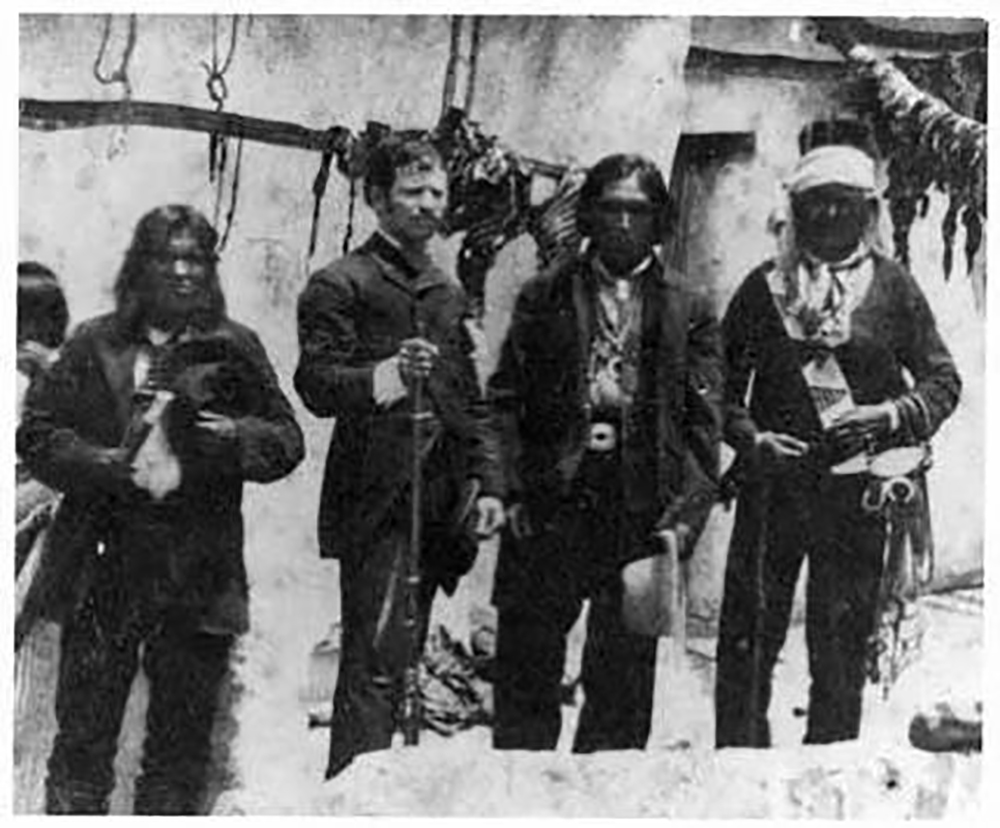
The sacred nature of the land for the Acoma—ancestral spirits, sanctity of water, ancient burial sites and remains—and the extraordinary philosophical divide ensured that for Native Americans to survive the European cultural avalanche, learning the ways of the “White Man” would require an education. Or, so the European insisted.
Within the Pueblo Communities, there was an equally alarming divide of those in favor of continuing to teach the traditional customs of tribal culture, while still others saw value in learning the new ways of their overlords.
For the Acoma, their complex spiritual liturgy and beliefs cultivated over thousands of years—expressed through an inseparable relationship with nature, constant prayer, and an intrinsic relationship with growing corn in a region with little rainfall—was being threatened by the European, and his insistence that the Native people where characterized as uncivilized, uneducated, and savage.
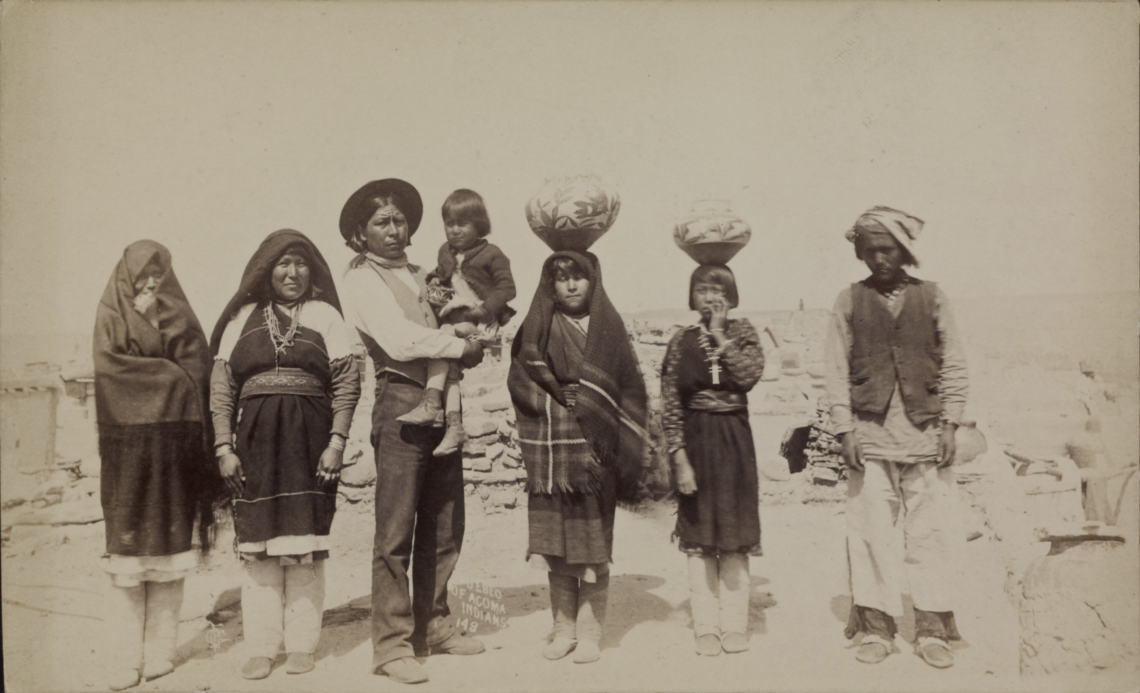
[Interesting Sidebar: If one looks at landownership in the United States, it tells a story of savagery of a different order. Before the Europeans began to settle the United States, the Native Americans resided in a land of approximately 1.9 Billion acres. In 1881, Native Americans lived on 155 million acres. In the 19th century during westward expansion, the usual homestead was 160 acres, which is a quarter of a square mile.]

During his term as Governor, Solomon proudly opened the tribe’s first “modern school,” and hired the first teacher. He even donated a house to be used as the school for the first year, before the government school officially opened.
One of the puzzling facts about Solomon, in regard to his role in the Acoma Pueblo for children’s education, is that some the Acoma students were sent to the Carlisle Indian Industrial School in Pennsylvania. In 1879, Captain Richard Henry Pratt was the first person put in charge by the Federal Government with the task of assimilating the “Indians,” creating an educational boarding house for Indian children based in Pennsylvania entitled, The Carlisle Indian Industrial School. Captain Pratt’s motto was, “Kill the Indian, save the man!”
One can’t help but think that initially, Solomon thought the Carlisle School would be similar to the education he received himself as a child in Europe, but as we would later learn, the school and the hundred’s more like it in the United States and England aided in a near cultural genocide: forbidding children to speak their tribal language or practice their religion, causing depression, PTSD, and the deaths of hundreds of children.

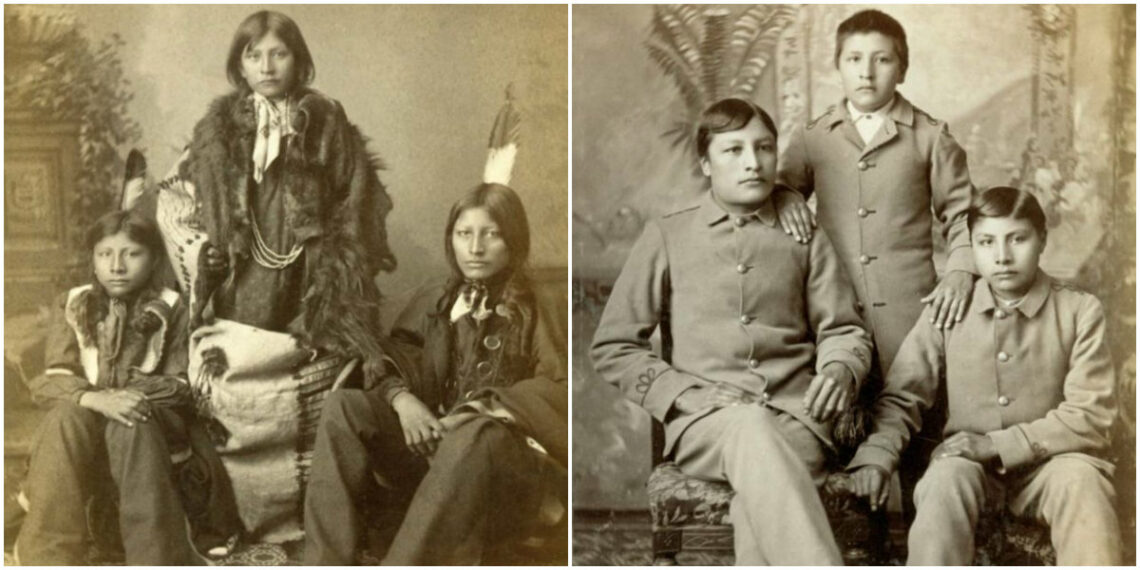
The emotional effects of forcing Native American children to attend boarding schools will be generational. Please take a moment to listen to one man relive his time at school: Click here
To understand Solomon’s initial zeal for education, one must look at the exemplary educational system that shaped him in his own childhood in Prussia. The Prussian educational system was first realized by the efforts of “Frederick the Great,” and written by Johann Julius Hecker, in a decree in 1763. This created the first teacher’s training seminary, establishing a required standardized level of excellence in teaching, and it was mandatory for all children from ages 5 to 14 to attend school. The funding was derived mainly from each municipality, establishing the first educational tax base.
The schools aimed to provide basic technical skills needed in a modernizing world such as reading and writing, music, and a religious Christian education in close cooperation with the churches. Schools also tried to impose a strict ethos of duty, sobriety and discipline. Mathematics and calculus were not compulsory at the start, and taking such courses required additional payment by parents.
The Prussian “Volksschule” education was the basis for the system that the United States adopted after Mr. Horace Mann visited Prussia and incorporated his experiences in his advocacy for the common school movement in Massachusetts.
[Interesting Sidebar: In 1887, thousands of Jews in Russia were killed in “pogroms” in Russia. Mexican President, Porforio Diaz announced that his administration would welcome 5,000 Russian Jews if they would settle terrenos baldios — government owned, uncultivated lands. A Mexican newspaper, El Partido Liberal, editorialized, “Would Jewish colonization increase the wealth of the Mexican nation? If so, let them come.”
Despite such generous offers, the organized North American Jewish community expressed continuing reservations about Mexico as a place for resettlement. Rabbi Martin Zielonka of El Paso, Texas, on the Mexican border, wrote, “The establishment of a [Jewish] colony in this desert territory would be the same as exile . . . [and] I question very much whether the Jews of Europe could readily adapt themselves to the agricultural conditions of the eastern lowlands.” Social worker Maurice Hexter thought Jewish immigrants would face “the impossibility and danger of competing with peon labor” and “the danger of banditry in the countryside.”
Sadly, this is exactly what the U.S. Government did to the Native American tribes]
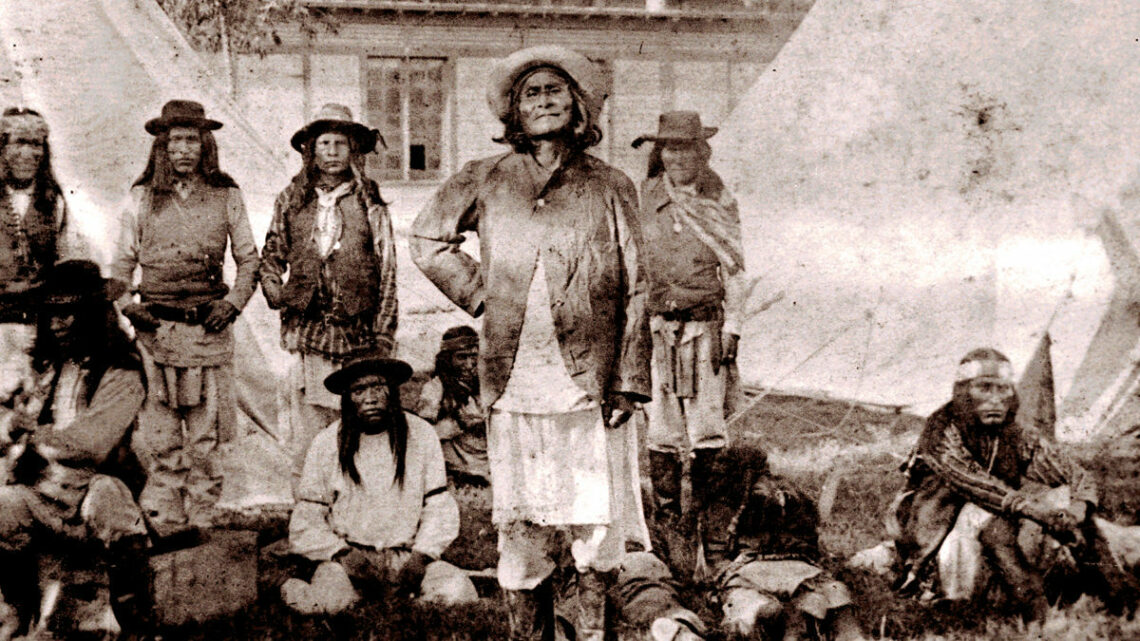
In 1889, after Solomon’s term as governor, it is reported that he aided in having the Bureau of Indian Affairs arrest and replace a governor who supported tribal members using aggressive methods of punishment for younger tribal members who followed the “progressive” ways taught in the schools.
After 20 years of living among the Acoma, the cultural divide within the tribe, and with Solomon, brought about his departure from the village, and in 1898 he and Juana, with their six children, moved to San Francisco, California. It is said that Solomon wanted his children to receive a Jewish education.
Must
by Simon J. Ortiz, Acoma Pueblo
We must live and decide for ourselves what our lives are to be. Each year, each day, each minute of our time on Earth matters.
We must believe in what we are doing. We must be sure of what we are doing in order to survive and be sustainable and go on and on and on.
We must be sure of what we are doing as we live.
We must be certain of what kind of life we are to live within.
We must be sure to value the past, present, and the future.
We must respect, honor, and help others always and always.
We must believe in love because without love nothing is possible.
Must is a word that has to do with responsibility, obligation, humility, simplicity, gratitude, integrity.
Must is also a word having to do with respect, honesty, fairness, equality, and reliability.
And must also means: we must allow ourselves to live life
Postscript:
Solomon continued to travel between San Francisco and New Mexico. He owned grocery stores in California, invested in real estate, and maintained assets in New Mexico. He was hit hard financially by the Great Depression. Solomon Bibo died on May 4, 1934; his wife died in March 1941. They were cremated and interred in the cemetery of Temple Emanu-El in Colma, California. Some of their six children, four girls and two boys, returned in later years to New Mexico. Many of his descendants still reside in New Mexico.
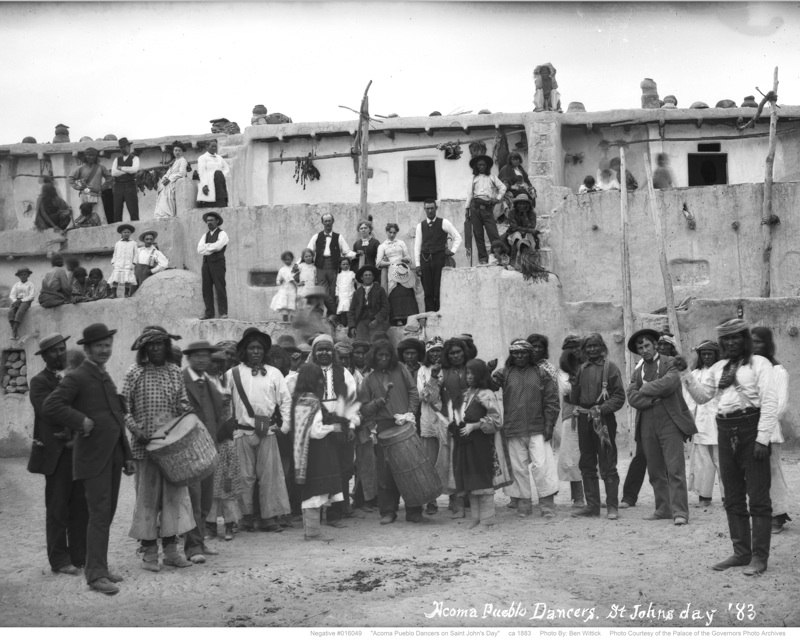
Special Thanks to:
Wikipedia , Shlomo Avineri, Yale University Press, The U.S. Geological Survey by Mary C. Rabbitt, Norman H. Finkelstein, “Jews in the Civil War,” , My Jewish Learning.com, Michael Feldberg, Gerald Kolpan, Jewish Book Council, “Indian School Graves Rediscovered Under City Park: A Plaque Goes Missing, and History Is Uncovered,” by Jonathon Sims, “Solomon Bibo, the Jewish Indian Chief”, by Jerry Klinger (The Jewish Magazine.com), “The American Jewish Experience through the Nineteenth Century: Immigration and Acculturation,” by Jonathan D. Sarna and Jonathan Golden:Brandeis University, by George W. Cornell, Paul Harden, Nir Hasson, and the Palace of the Governors, New Mexico.